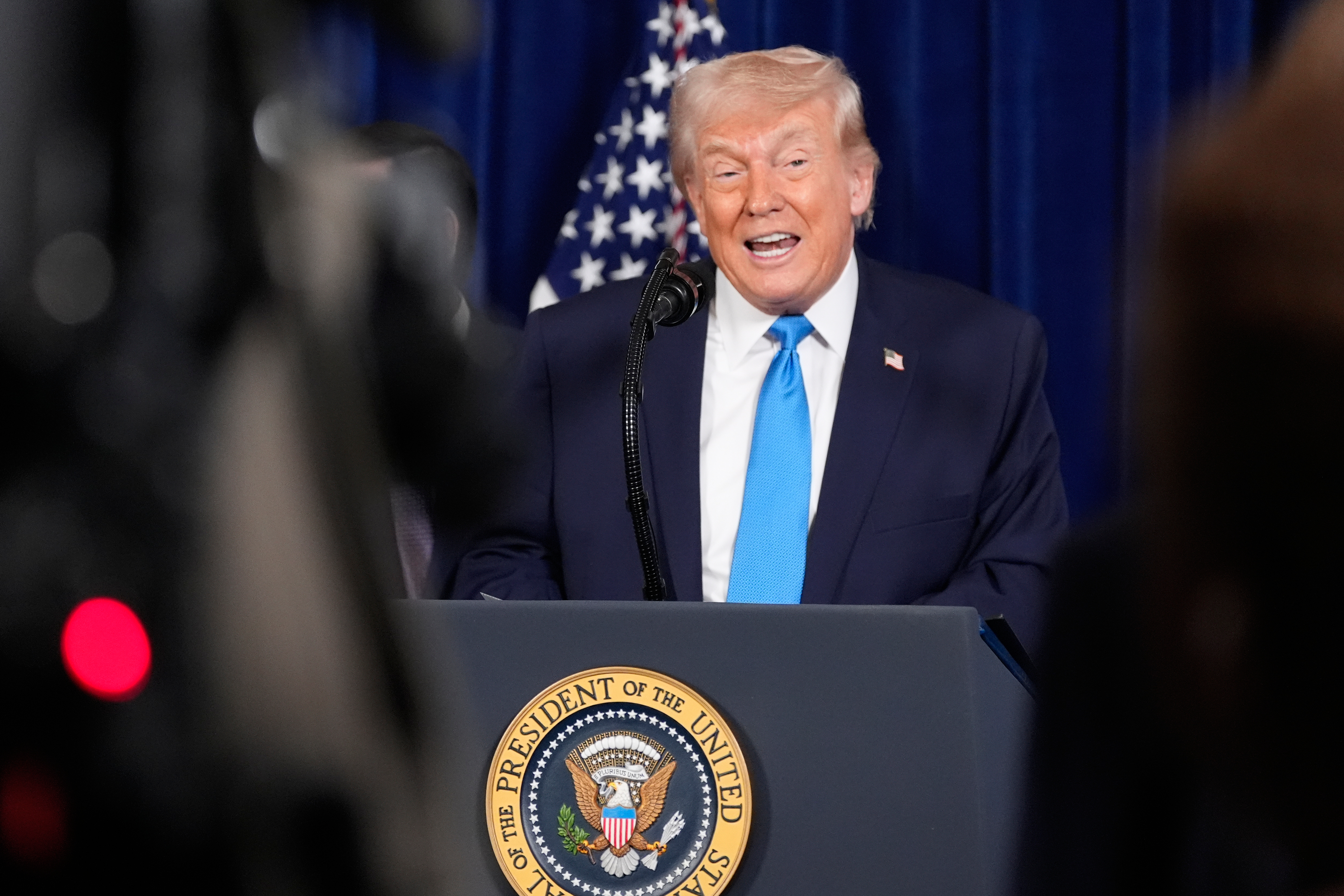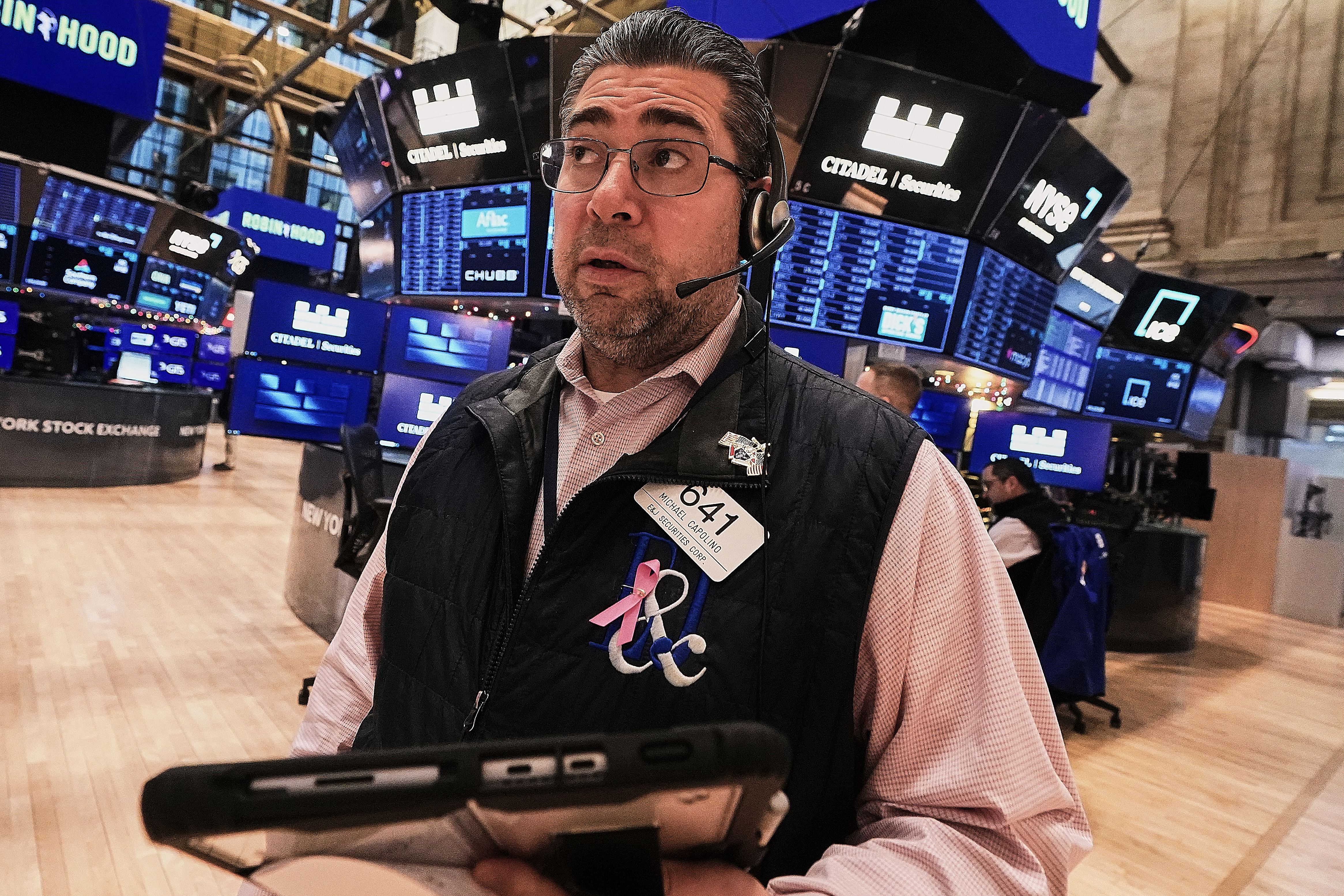The U.S. pharmaceutical industry is a chain of entities working together to maintain a multi-billion dollar business. And with the ongoing opioid crisis at large, "My administration is officially declaring the opioid crisis a national public health emergency," President Trump said.
The Washington Post found "that just about 15% of the pharmacies handled nearly half, or about 35 billion, of the opioid pills that were distributed between 2006 and 2012," Jenn Abelson, Washington Post investigative reporter, said. A link involving pharmacies handling mass volumes of prescription pain pills.
The finding was embedded in seven years of data the Post legally gained access to from a DEA system called ARCOS. It tracks every pain pill sold in the United States.
Investigative reporters focused on small, independent pharmacies with the highest stocks of oxycodone and hydrocodone. Like Shearer Drug in Kentucky, a family-run pharmacy handling nearly 6.8 million pills. Many were located in what Abelson dubbed "the opioid belt."
"We identified a number of pharmacies in Kentucky, in West Virginia, in Tennessee," she said.
The average national rate for opioid-related deaths in 2017 was 14.6 out of 100,000 people, according to the National Institute of Drug Abuse. Tennessee's rate was 19.3, Kentucky's 27.9, and West Virginia had the highest rate in the nation: 49.6.
But just because a pharmacy handles large volumes of pills doesn't necessarily mean they contribute to these deaths or violate the law. "Some pharmacists in New Mexico, for example, they were in a community where there are a lot of veterans, they had contracts with hospice workers," Abelson said.
But it does note the lack of industry policing — in this case between drug distributors and pharmacies. A number of counties and states argue the DEA is responsible, but "the government would say that they were doing a number of various law enforcement efforts throughout this period," Abelson said, "but clearly not enough that the crisis spread so rapidly and so wide."
Now a legal flurry is unfolding as the nation casts a closer look at who might have played a role in the opioid epidemic.











